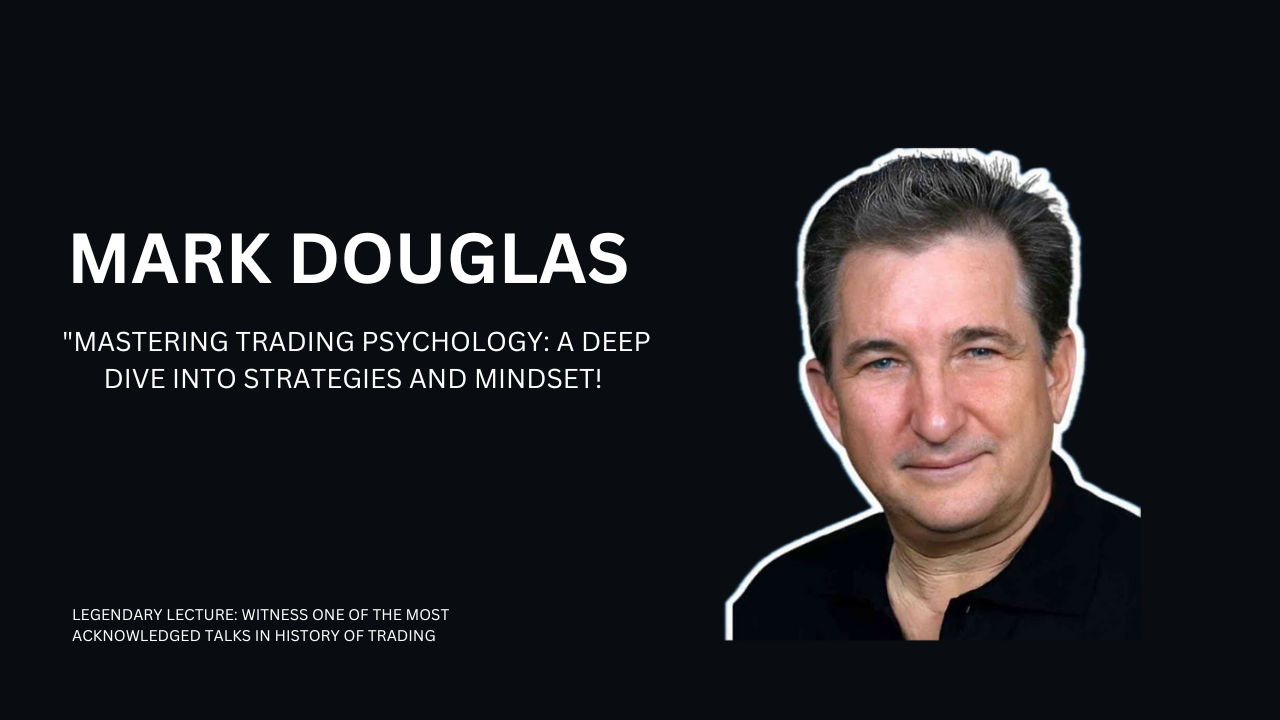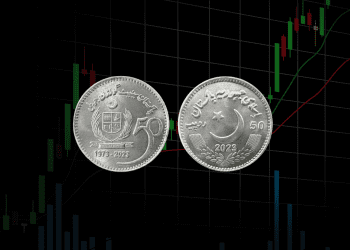Oil prices climbed on Monday, driven by concerns that escalating conflict in the Middle East could disrupt regional supply. The market was also buoyed by expectations that the U.S. Federal Reserve’s significant interest rate cut will help bolster demand.
BRENT AND U.S. CRUDE FUTURES EDGE HIGHER
At 0415 GMT, Brent crude futures for November rose 60 cents, or 0.8%, to $75.09 per barrel, while U.S. crude futuresfor November increased by 64 cents, or 0.9%, to $71.64 per barrel. Both contracts had gained momentum in the previous session, supported by the interest rate cut and a drop in U.S. supply following Hurricane Francine.
Despite two weeks of gains, further price increases were capped by economic concerns from major consumers China and the U.S.
GEOPOLITICAL RISKS SUPPORT OIL PRICES
“Geopolitical tensions in the Middle East have heightened due to the conflict between Israel and Hezbollah, which could keep oil prices supported on the risk of a wider regional conflict,” said Yeap Jun Rong, market strategist at IG. However, he noted that price increases were measured, reflecting caution about the actual impact on oil supplies.
ESCALATION IN ISRAEL-HEZBOLLAH CONFLICT
The conflict between Hezbollah, an Iranian-backed group in Lebanon, and Israel has intensified. On Sunday, Hezbollah launched rockets deep into northern Israeli territory, leading to one of the fiercest bombardments in almost a year of conflict. This surge in violence followed an incident last week where thousands of pagers and walkie-talkies used by Hezbollah members exploded, an attack widely attributed to Israel.
CHINA’S ECONOMIC OUTLOOK LIMITS GAINS
While the Middle East conflict supported oil prices, weak demand from China, the world’s top oil importer, curbed further gains. According to Phillip Nova’s Priyanka Sachdeva, fuel demand remains uncertain, with concerns about the U.S. labor market following the Federal Reserve’s unexpected interest rate cut.
U.S. RATE CUT AND ITS IMPACT ON DEMAND
Last Wednesday, the U.S. Federal Reserve slashed interest rates by half a percentage point, exceeding market expectations. Interest rate cuts typically boost economic activity and energy demand, but analysts worry that the central bank’s move could signal underlying weakness in the U.S. job market.

















